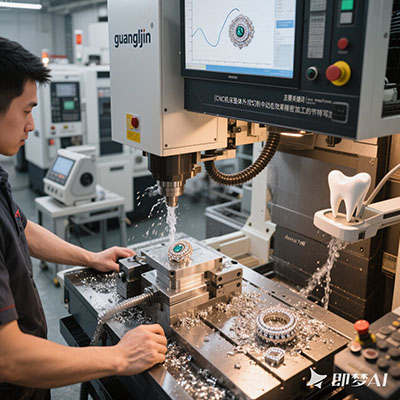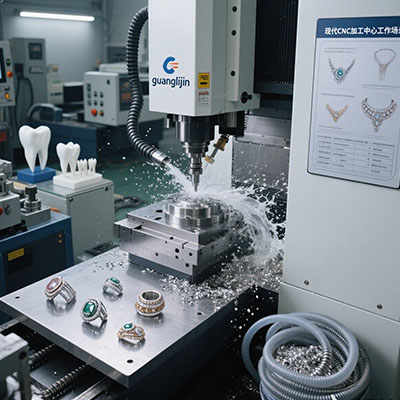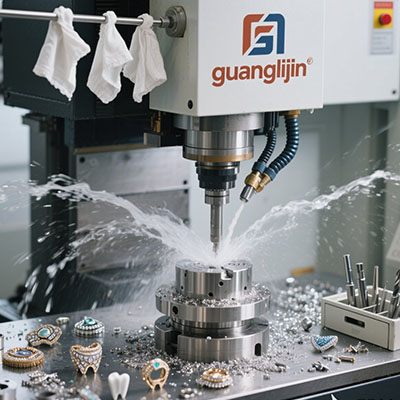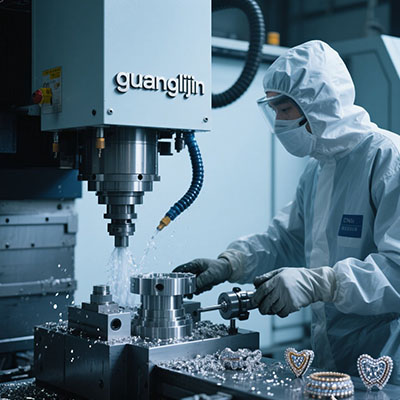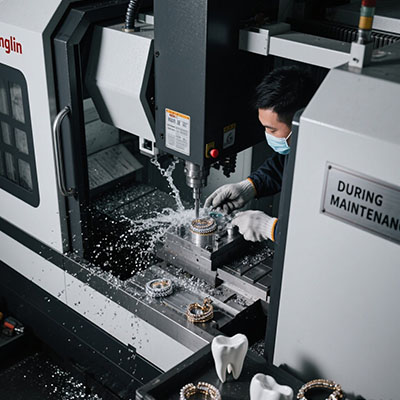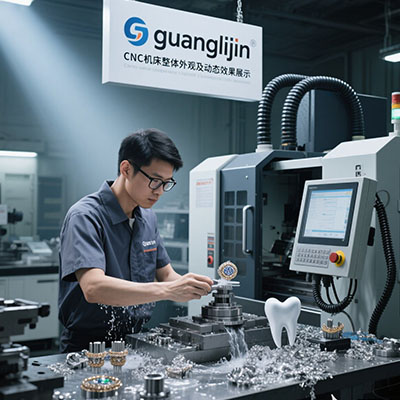Advanced Five-Axis CNC Solutions for Medical Device Fabrication
The Precision Challenge in Medical Manufacturing
Medical devices demand micron-level accuracy and complex geometries that push traditional machining to its limits. Five axis CNC technology solves these challenges through simultaneous multi-axis machining. According to MD+DI’s 2024 report, 82% of leading orthopedic manufacturers now use five-axis systems for critical implants.
Where Five-Axis Excels in Medical
- Spinal implants with porous surfaces
- Dental abutments with complex angles
- Surgical tools with micro-features
Medical Machining: 3-Axis vs Five-Axis CNC
| Parameter | 3-Axis CNC | Five Axis CNC |
|---|---|---|
| Implant Surface (Ra) | 0.8-1.6μm | 0.1-0.3μm |
| Thread Accuracy | ±25μm | ±5μm |
| Validation Time | 3-5 days | 1 day |
5-Step Implementation for Medical Devices
- Material Validation: Certify biocompatible metals (Ti6Al4V, CoCrMo)
- Machine Calibration: Achieve <5μm positioning accuracy
- Surface Strategy: Program optimal osseointegration textures
- Cleanroom Setup: Maintain ISO 13485 standards
- Process Validation: Document all parameters per FDA 21 CFR 820
⚠ Attention: These medical five-axis errors cause compliance failures:
- Using non-validated CAM software
- Improper surface roughness documentation
- Inadequate material traceability
Our Spinal Implant Breakthrough
In 2023, we reduced titanium implant machining time by 58% using five-axis strategies. Surprisingly, we achieved better bone attachment surfaces while increasing tool life by 35%.
Medical Industry Impact
The medical CNC market will reach $4.2 billion by 2026 (Grand View Research). Five-axis drives this growth by enabling:
- 90% first-pass yield on implants
- 70% faster prototype development
- 60% reduction in post-processing
The Sterilization Advantage
Five-axis machined surfaces:
- Resist bacterial colonization better
- Withstand 200+ autoclave cycles
- Maintain precision after sterilization
Medical Five-Axis Validation Checklist
- ☑ Verify ISO 13485 compliance
- ☑ Document material certifications
- ☑ Validate surface roughness (Sa/Sz)
- ☑ Test cleanability per ASTM F2459
- ☑ Confirm dimensional stability post-sterilization
Frequently Asked Questions
What medical materials work best with five axis CNC machining?
Grade 5 titanium, cobalt chrome, and PEEK are ideal for implants due to biocompatibility and machinability.
How does five-axis CNC improve orthopedic implant success rates?
By creating precise surface textures that promote bone cell attachment, unlike polished surfaces from manual finishing.
What certifications are needed for medical five-axis production?
ISO 13485 is mandatory, with FDA 21 CFR Part 820 compliance for US markets.
